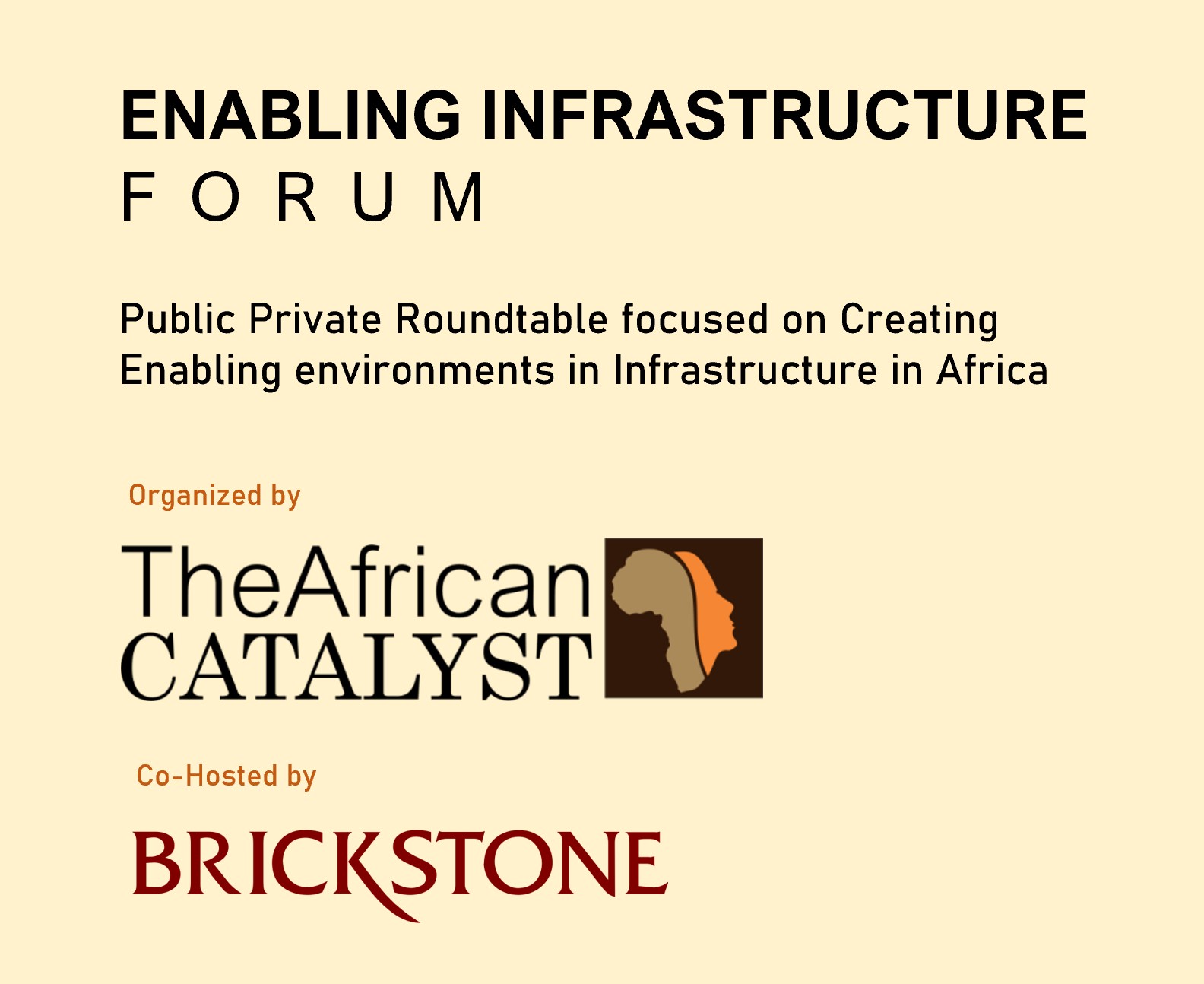For delivering on the potential of infrastructure to contribute to achieving goals set out in global agendas such as the Sustainable Development Goals or the Paris Agreement on Climate change, there’s the need for nations to take a holistic, systematic and integrated approach to infrastructure development.
This will ensure that the right low carbon infrastructure is done well and that investments in infrastructure development prioritize mutual benefits across the agendas of sustainable development, climate mitigation and adaptation.
This article by The African Catalyst reviews some institutional reports and publications on Low-carbon Infrastructure, highlighting its crucial role in curbing climate change and its impacts.
Low-carbon Infrastructure in Climate Change
Although, Infrastructure plays a huge role in driving national growth, employment, and better quality of life in emerging markets and developing economies, it however comes at a huge cost as it may cause adverse planetary and environmental changes if left unchecked.
According to the UN, approximately 79% of global greenhouse gas emissions come from infrastructure construction and operations such as power plants, buildings, and transport. And without a unified planning and action to tackle emissions from infrastructure, over 720 million people could be pushed back into extreme poverty by 2050 as a result of climate impacts.
Additionally, the number of deaths attributable to the harmful effects of emissions from key infrastructure industries will rise from the current 150,000 per year to 250,000 by 2030.
The African Catalyst in partnership with Brickstone is co-hosting the Enabling Infrastructure Forum scheduled to hold in June 2023 in Lagos, Nigeria. The forum will discuss closely with the Government for policy evolution and on-the-ground implementation which attempts to influence key stakeholders in the areas of – Early Stage Development and Financing of Low Carbon Infrastructure.
The forum will assemble key leaders in Africa's infrastructure delivery to discuss infrastructure challenges and opportunities; and how innovations in project delivery and readiness, deal structuring, and sustainability solutions can help to solve critical issues for Low Carbon Infrastructure
Click the link to get more information and save the date.
To curb this, climate change experts have identified low carbon infrastructure as a key solution to preventing environmental damages to the people from the gas emissions caused by infrastructure. It is also critical to achieving climate change targets like the Paris agreement, net zero emissions by 2050, and other national climate goals.
Our world is facing a climate emergency, with changes that are unprecedented, intensifying and, in some cases, irreversible. There is still time to act, but we need to do this urgently. Accordingly, it is ultimately crucial that we get this right as the infrastructure decisions made today will determine the quality of our common future.
According to Brickstone Africa, low-carbon infrastructure generates fewer carbon emissions than traditional infrastructure and helps build resilience in vulnerable countries while protecting against exposure to extreme climate change events.
Critical to creating a more equitable, resilient and healthy future, low carbon infrastructure will help improve public health by curbing fossil fuel combustion that worsens air quality, save money, and also create good job opportunities in local communities.
The following are key facts to note about low carbon infrastructure in curbing climates change:
- According to the UN, despite the efforts to mitigate climate change, its impacts are already being felt and will continue to intensify in the years to come in the form of droughts, heatwaves, floods, storms, and other extreme events. Therefore, measures to reduce vulnerability to these hazards are necessary in order to protect the lives and livelihoods of people and communities. Towards this, infrastructure plays a central role in climate change adaptation, due to its ability to safeguard the provision of essential services and protect communities from harmful climate change impacts.
- Infrastructure provides development benefits through the services it enables: energy and water supply to households and businesses; environmentally sound management of wastes and wastewater; connective infrastructure such as transport systems and digital communications that link users to services and to each other; and the buildings, facilities and venues that house institutions and provide social and economic services. In addition to mitigation- and adaptation-focused SDG outcomes, infrastructure has a much broader potential to influence development. Through systematic assessment of all 169 SDG targets, infrastructure systems have been shown to influence the achievement of all 17 SDGs, including up to 92 per cent of its targets.
- According to WeForum, there are four crucial trends driving low-carbon buildings: decarbonization, electrification, efficiency and digitalization. These four good “DEEDS” work in combination to reduce the carbon emissions and overall cost of building operations and supporting infrastructure. Buildings can achieve zero carbon (or zero carbon ready) performance by eliminating fossil fuel use for heating, using on-site and/or off-site renewable energy, reducing the use of high global warming potential refrigerants and using low-carbon, reused or recycled materials in construction.
- Despite holding so many prospects, scaling up private capital is crucial to finance vital low carbon infrastructure projects, particularly in less developed economies, to maximize these potential. According to the IMF, estimates vary, but these economies must collectively invest at least $1 trillion in energy infrastructure by 2030 and $3 trillion to $6 trillion across all sectors per year by 2050 to mitigate climate change by substantially reducing greenhouse gas emissions.
- In addition, a further $140 billion to $300 billion a year by 2030 is needed to adapt to the physical consequences of climate change, such as rising seas and intensifying droughts. This could sharply rise to between $520 billion and $1.75 trillion annually after 2050 depending on how effective climate mitigation measures have been.
Read more here.



